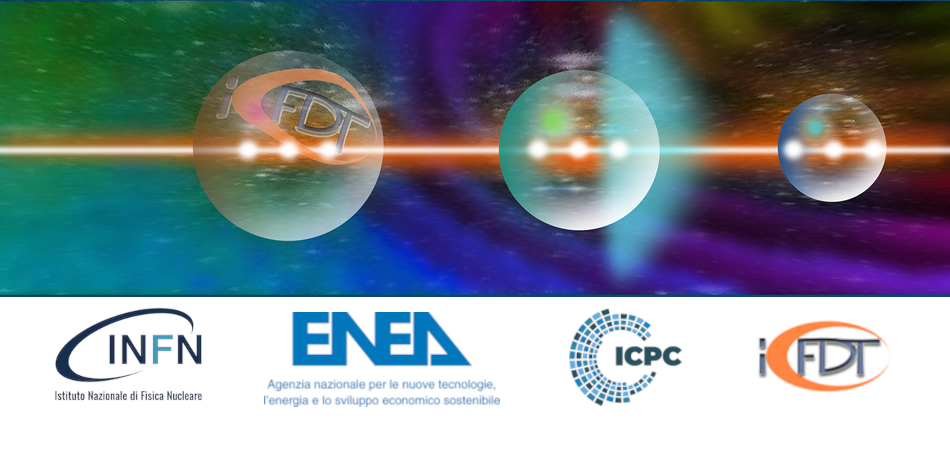Speaker
Description
The SPARC_LAB facility at the INFN laboratory in Frascati is being upgraded to accommodate a new user facility as part of the SABINA (Source of Advanced Beam Imaging for Novel Applications) project. The SPARC laboratory was set up to investigate the feasibility of an ultra-brilliant photoinjector and to perform FEL experiments. Over the years, upgrades, additional beamlines, and experiments have been added. One of the latest upgrades, to be completed in 2024, will include improvements to the main infrastructure, laser and radiofrequency systems, and the implementation of a new electron beam line for SABINA.
The beamline dedicated to SABINA will be equipped with three APPLE-X undulators acting as amplifiers to deliver IR/THz radiation with photon pulses in the ps range, with energy of tens of µJ, and with the possibility of choosing between linear, circular, or elliptical polarisation. The APPLE-X, designed and built by KYMA S.p.a., guarantees the possibility to vary the gap amplitude between the magnet’s arrays and their relative phase. The entire system, from the mechanics to the kinematic subsystems, has been designed from scratch, and a structural analysis has been carried out to evaluate the production.
The undulators were delivered to Frascati in 2023 and, in collaboration with ENEA, a further investigation campaign was launched on the mechanical parts in the vicinity of the permanent magnets, using strain measurements based on optical methods.
Fiber Bragg Grating sensors proved to be perfectly suitable to the requirements of these tests, mainly because of their immunity to electromagnetic noise. They consist of a phase grating inscribed in the core of a single-mode fiber, whose Bragg-diffracted light propagates back along the fiber. If bonded to the mechanical structure, they can be used as strain sensors. Indeed, any deformation of the monitored mechanical parts causes a deformation of the grating with a consequent change of its pitch and a related variation of the Bragg-diffracted wavelength. By following the variations in the scattered spectrum, it is possible to perform strain measurements. One µstrain resolution is within the reach of the current technology.
Using multiple FBGs applied at selected locations on the undulator, several measurements were made by following the different possible kinematics, such as opening and closing the gap between the magnetic arrays or changing the phase, but also by studying the quiescent response as a function of the ambient temperature.
The results of these tests show that there is a clear deformation of the structure related to the temperature changes and magnetic forces, but the magnitude of this deformation is well within the tolerances required for the functionality of the undulator since they are compatible or lower with respect to the one calculated with the finite elements methods. The tests, therefore, confirm the reliability of the mechanical structure.

